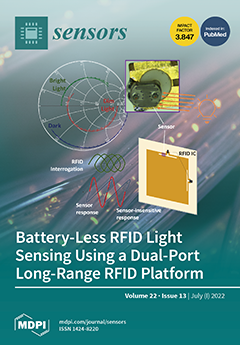This paper presents a new modeling method to abstract the collective behavior of Smart IoT Systems in CPS, based on process algebra and a lattice structure. In general, process algebra is known to be one of the best formal methods to model IoTs,
[...] Read more.
This paper presents a new modeling method to abstract the collective behavior of Smart IoT Systems in CPS, based on process algebra and a lattice structure. In general, process algebra is known to be one of the best formal methods to model IoTs, since each IoT can be represented as a process; a lattice can also be considered one of the best mathematical structures to abstract the collective behavior of IoTs since it has the hierarchical structure to represent multi-dimensional aspects of the interactions of IoTs. The dual approach using two mathematical structures is very challenging since the process algebra have to provide an expressive power to describe the
smart behavior of IoTs, and the lattice has to provide an operational capability to handle the state-explosion problem generated from the interactions of IoTs. For these purposes, this paper presents a process algebra, called
dTP-Calculus, which represents the smart behavior of IoTs with non-deterministic choice operation based on probability, and a lattice, called
n:2-Lattice, which has special
join and
meet operations to handle the state explosion problem. The main advantage of the method is that the lattice can represent all the possible behavior of the IoT systems, and the patterns of behavior can be elaborated by finding the traces of the behavior in the lattice. Another main advantage is that the new notion of equivalences can be defined within
n:2-Lattice, which can be used to solve the classical problem of exponential and non-deterministic complexity in the equivalences of Norm Chomsky and Robin Milner by abstracting them into polynomial and static complexity in the lattice. In order to prove the concept of the method, two tools are developed based on the ADOxx Meta-Modeling Platform: SAVE for the dTP-Calculus and PRISM for the
n:2-Lattice. The method and tools can be considered one of the most challenging research topics in the area of modeling to represent the collective behavior of Smart IoT Systems.
Full article






